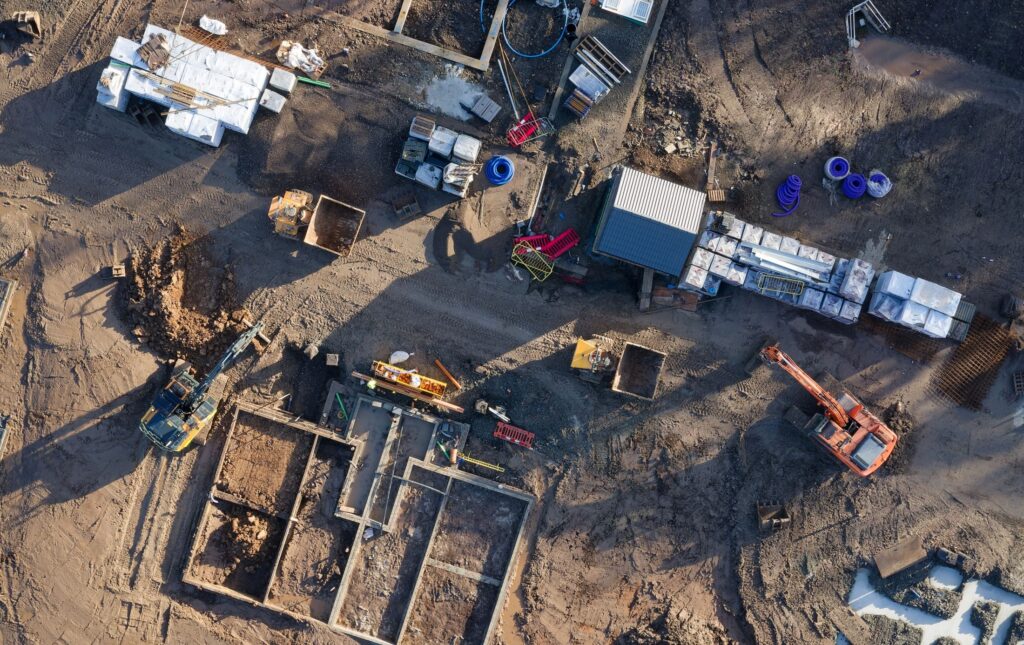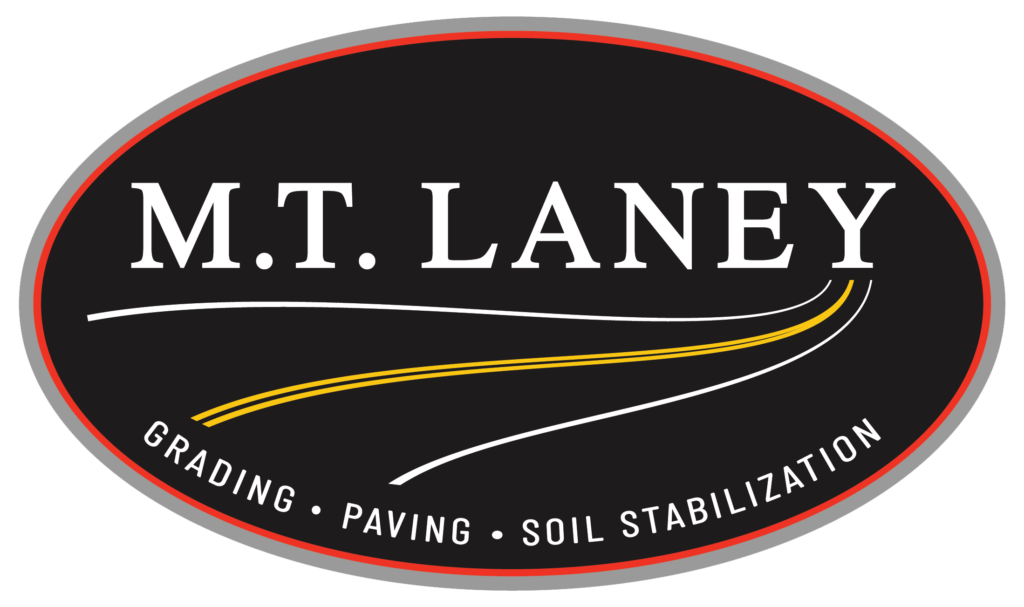New development projects are critical for the growth and modernization of our communities, and one of the foundational elements of any new construction is paving. Proper paving ensures durability, safety, and aesthetics, which are essential for the success of any development. At M.T. Laney, we specialize in paving, soil modification, and site development, providing comprehensive solutions to meet the demands of new development projects. Here’s an overview of new development paving and its importance.

The Importance of Proper Paving in New Developments
Foundation for Infrastructure
Paving serves as the foundation for various infrastructures, including roads, driveways, parking lots, and walkways. High-quality paving ensures these structures can withstand heavy traffic and adverse weather conditions, contributing to their longevity and functionality.
Safety
Safety is a primary concern in any new development. Properly paved surfaces reduce the risk of accidents by providing smooth, even surfaces for vehicles and pedestrians. Well-maintained pavements also enhance visibility and reduce the likelihood of hazards such as potholes and cracks.
Aesthetic Appeal
The appearance of paved surfaces significantly impacts the overall aesthetics of a development. High-quality paving enhances the visual appeal, creating a welcoming environment that attracts residents, businesses, and visitors. At M.T. Laney, we ensure our paving projects meet the highest standards of quality and aesthetics.
The Paving Process for New Developments
- Site Assessment and Planning
The first step in any paving project is a thorough site assessment. This involves evaluating the soil conditions, drainage requirements, and traffic patterns. Based on this assessment, a detailed paving plan is developed, outlining the scope of work, materials required, and project timeline.
- Soil Preparation
Proper soil preparation is crucial for the success of a paving project. This involves soil modification techniques to enhance the soil’s stability and load-bearing capacity. Methods such as soil compaction, stabilization with additives, and grading are employed to create a solid foundation for the pavement.
- Base Layer Installation
The base layer is the foundation of the pavement structure. It is typically composed of crushed stone or gravel, which is compacted to provide stability and support for the asphalt or concrete surface. Ensuring a well-compacted base layer is essential for preventing future issues such as settling and cracking.
- Asphalt or Concrete Paving
Once the base layer is in place, the next step is the installation of the asphalt or concrete surface. Asphalt is a popular choice for its durability, cost-effectiveness, and ease of maintenance. Concrete is preferred for areas requiring higher load-bearing capacity and longevity. The paving material is applied and compacted using specialized equipment to ensure a smooth, even surface.
- Finishing Touches
After the paving material has been laid and compacted, finishing touches are applied. This includes striping for roads and parking lots, installing curbs and gutters, and adding signage and lighting. These elements enhance the functionality and safety of the paved area.
Specializing in New Development Paving
Proper paving is a critical component of any new development project. It ensures the durability, safety, and aesthetic appeal of the infrastructure, contributing to the overall success of the development. At M.T. Laney, we are committed to providing high-quality paving solutions that meet the unique needs of each project. Contact us today to learn more about our services and how we can assist with your new development paving needs.

 (410) 795-1761
(410) 795-1761
